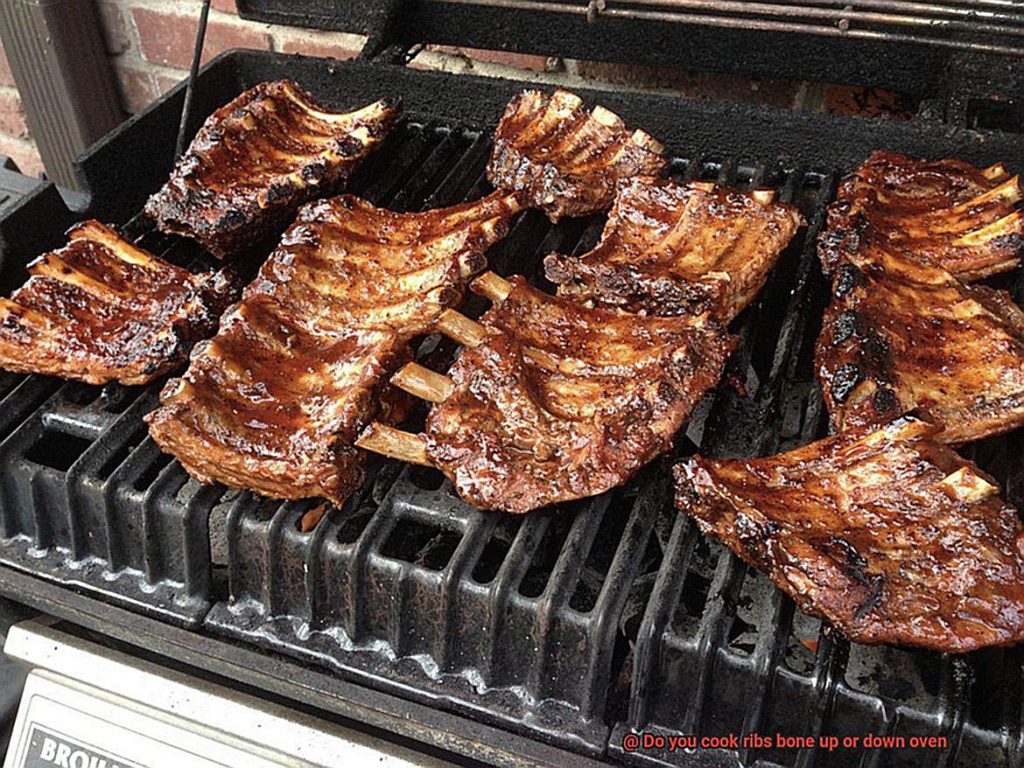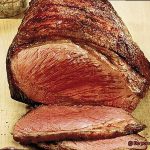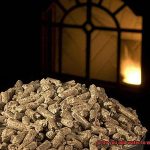Do you ever find yourself wondering why your ribs never turn out quite as juicy and flavorful as you hoped? Are you ready to up your rib game and become the envy of all your friends and family? Look no further. As a self-proclaimed rib expert, I’m here to answer one of the most common questions in the world of rib cooking: bone up or bone down in the oven?
This debate has been raging for years, with passionate arguments on both sides. But fear not, we’ll explore all the pros and cons of each method so you can make an informed decision based on your personal preferences. We’ll also discuss how the position of the bones can impact flavor, texture, and overall cooking time.
But that’s not all. We’ll also share some insider tips to ensure your ribs come out perfectly every time. Whether you’re a seasoned pitmaster or just starting out, understanding how to cook ribs properly is essential for achieving that mouth-watering tenderness and flavor.
So, get ready to fire up your oven and prepare for a delicious journey into the world of rib cooking. With these tips and tricks, you’ll be able to impress even the toughest critics with your perfectly cooked ribs.
Contents
The Benefits of Cooking Ribs Bone Up
Cooking ribs is an art form, and every pitmaster has their own unique approach. One of the most hotly debated topics is whether to cook ribs bone up or bone down. While both methods have their advantages, cooking ribs bone up can offer some distinct benefits that are worth considering.
One of the main advantages of cooking ribs bone up is that it allows for more even cooking. By positioning the bones facing up, the heat can circulate around them more easily, ensuring that the meat cooks evenly throughout. This is especially important when cooking thicker cuts of meat, where achieving a perfectly cooked center without overcooking the outside can be a challenge.
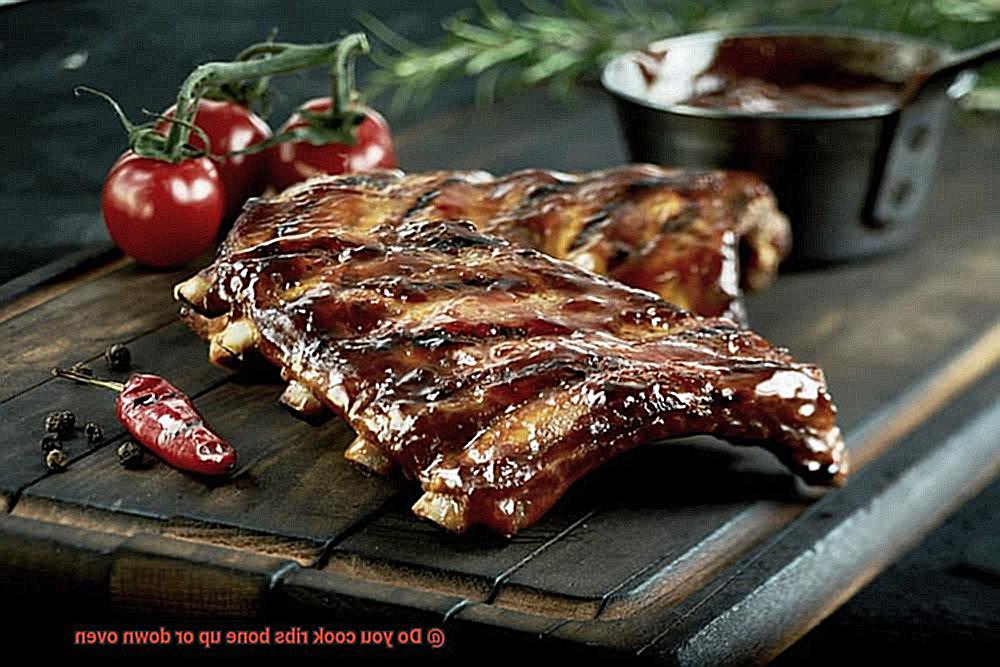
Cooking ribs bone up can also help to keep the meat moist and tender. As the meat cooks, the juices will drip down onto the bones, infusing the meat with flavor and keeping it from drying out. This results in juicy, succulent ribs that practically fall off the bone.
In addition to its culinary benefits, cooking ribs bone up can also make them easier to handle. The bones act as a natural handle, allowing you to move and position the ribs without worrying about them falling apart. This can be particularly helpful when basting or glazing the ribs during cooking.
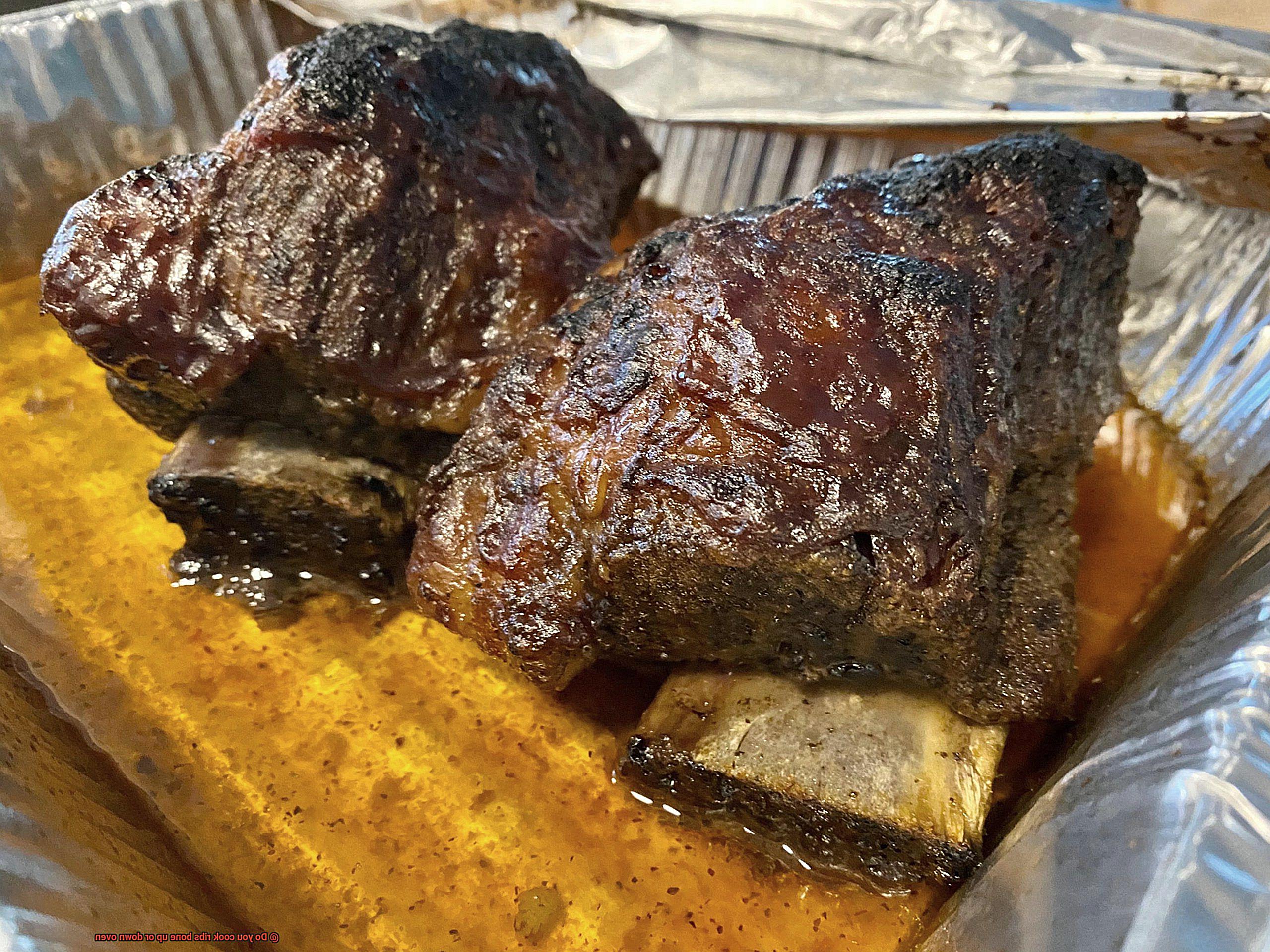
While there are some advantages to cooking ribs bone down (such as creating a crispy exterior), cooking them bone up offers several unique benefits that are hard to ignore. By experimenting with both methods and finding what works best for you, you can achieve perfectly cooked and deliciously tender ribs every time.
The Benefits of Cooking Ribs Bone Down
After years of experimentation and research, I am confident in saying that cooking ribs bone down is the way to go if you want the best results.
One of the main advantages of cooking ribs bone down is the even distribution of heat around the meat. The bones act as a barrier, preventing direct heat from reaching the meat. By cooking your ribs bone down, the heat can circulate more evenly and thoroughly throughout the meat, resulting in a juicy, tender, and perfectly cooked end product.
Another benefit of cooking ribs bone down is that it can prevent sticking. The bones act as a natural rack, elevating the meat and keeping it from sticking to your grill or baking sheet. This not only makes for easier cleanup but also allows any excess fat to drip away from the meat, leading to a healthier finished product.
But wait, there’s more. Cooking ribs bone down also provides an aesthetically pleasing presentation. The bones will create a natural curve in the meat, making it look more appetizing and professional on your plate. Additionally, by having all sides of the ribs exposed to heat and seasoning, you’ll get a more flavorful end product.
Factors to Consider When Deciding How to Cook Ribs in the Oven
Before you get started, let’s talk about the factors you need to consider for the perfect rib.
Firstly, it’s crucial to understand the type of ribs you’re working with. Baby back ribs are a popular choice for grilling and smoking because they are lean and tender. However, spare ribs require a different cooking approach. Knowing your cut of ribs will help you determine the best cooking method.
Next up is texture. Do you want your ribs to have a crispy exterior or a tender interior? Cooking your ribs bone-up will result in a crispy exterior as the heat source is closer to the meat. In contrast, cooking your ribs bone-down will result in a more tender interior as the meat is protected by the bones from direct heat.
Temperature is also key to achieving perfectly cooked ribs. A lower temperature of around 250-275°F will result in more tender ribs but will take longer to cook. On the other hand, a higher temperature of around 350°F will cook your ribs faster but may lead to drier meat if not monitored carefully.
Lastly, it’s all about personal preference and taste. Whether you prefer fall-off-the-bone tenderness or a bit more chew, experimenting with different methods and techniques until you find what works best for you is essential.
Tips for Getting the Best Results When Cooking Ribs Bone Up
With the right tips and techniques, you can achieve mouth-watering ribs cooked bone up in your oven. Here are some tips that can help you get the best results:
Elevate the Meat
Using a baking rack inside a baking dish is an effective way to elevate the meat, allowing air to circulate around it and resulting in a more evenly cooked and crispy exterior.
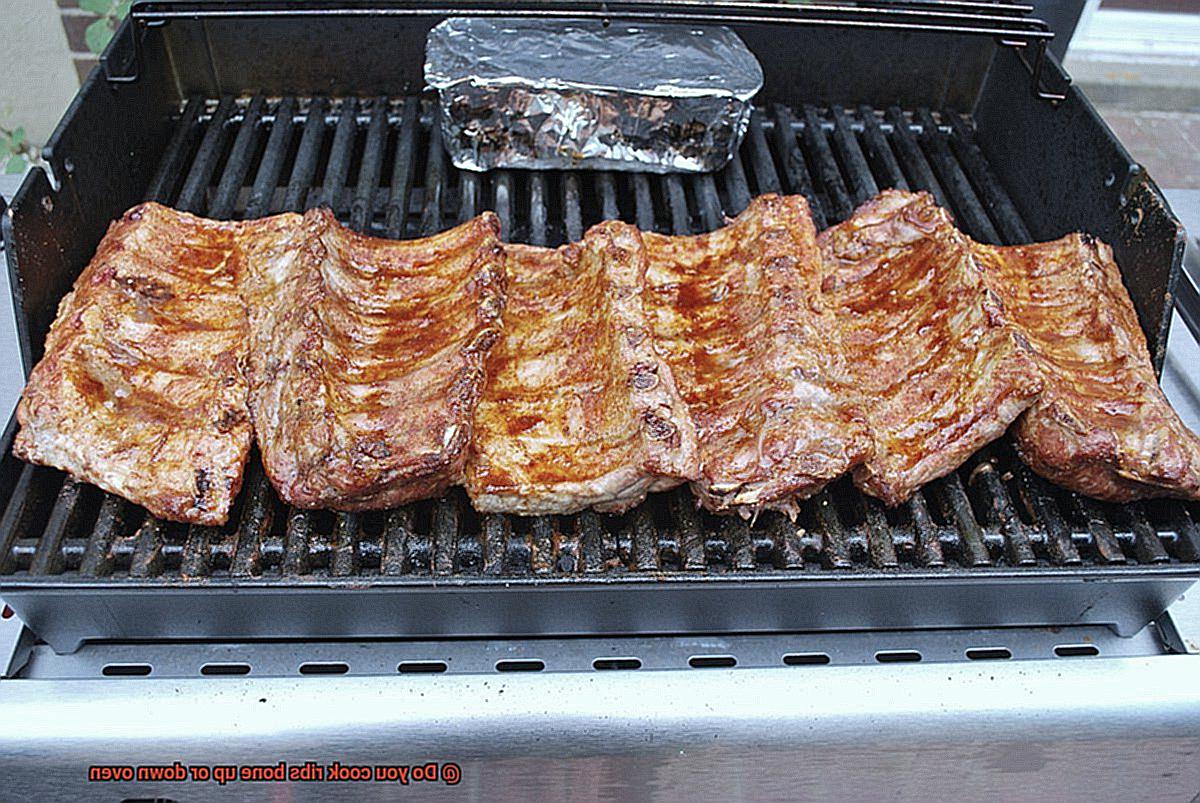
Seasoning is Key
Before cooking your ribs, make sure to season them well with your favorite dry rub or marinade. This will help enhance the flavor of the meat and make it more tender.
Cover with Foil
Covering your ribs with foil during the initial cooking process helps keep them moist and tender. Remove the foil during the last 30-45 minutes of cooking to allow the meat to develop a crispy exterior.
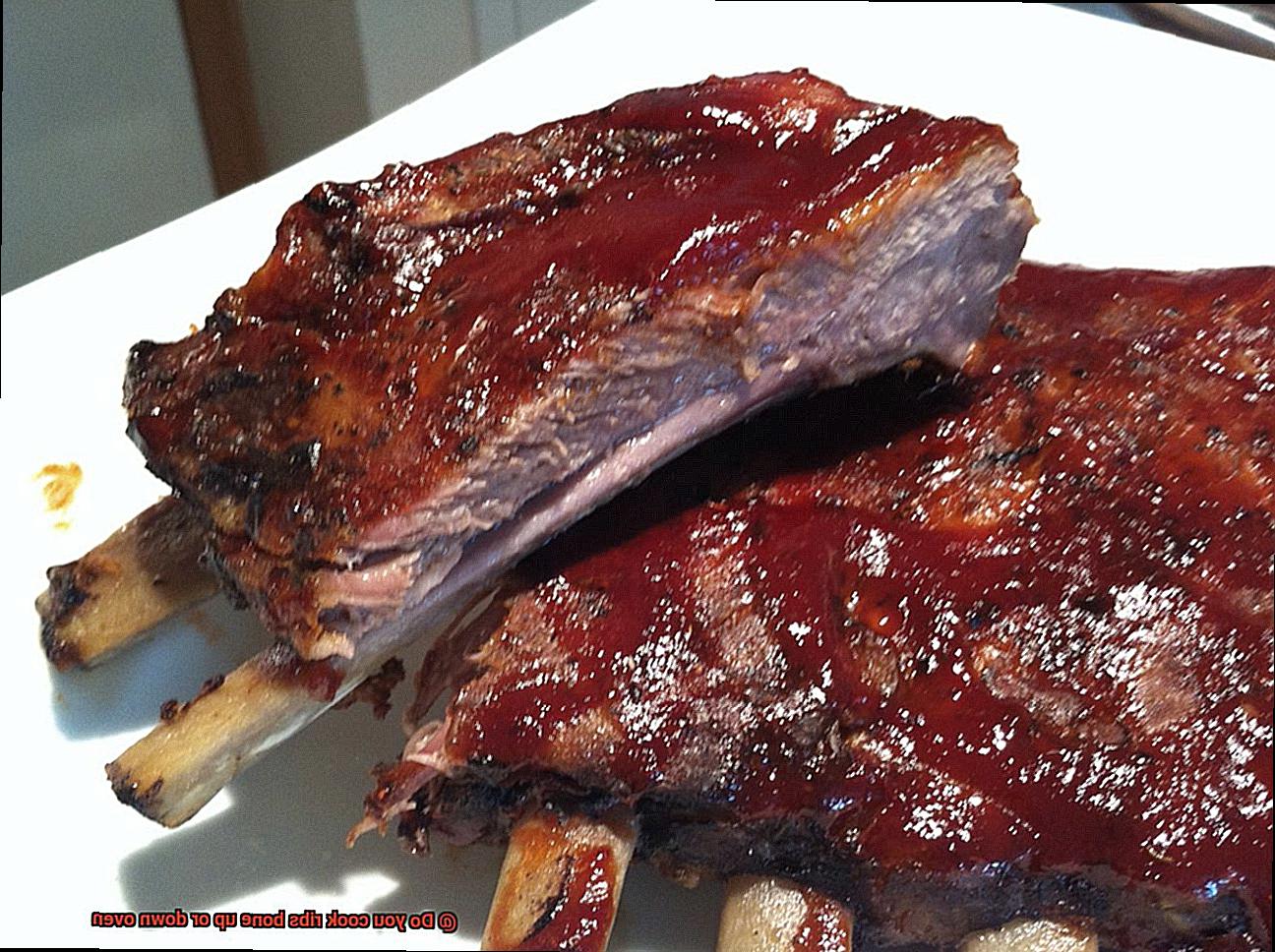
Basting Adds Flavor
Basting your ribs with your favorite barbecue sauce or marinade during cooking can help to keep them moist and add flavor.
Cook Low and Slow
Cooking your ribs at a low temperature for a longer period of time can help to break down the tough connective tissue in the meat, resulting in tender, fall-off-the-bone ribs.
To ensure perfectly cooked bone-up ribs, follow these tips. Placing the ribs on a rack allows for better air circulation and prevents them from sticking to the bottom of the pan. Rubbing your favorite spices onto the meat and marinating it for at least an hour before cooking enhances its flavor.
Basting your ribs with barbecue sauce during the last 10-15 minutes adds a delicious layer of flavor and creates that perfect sticky glaze.
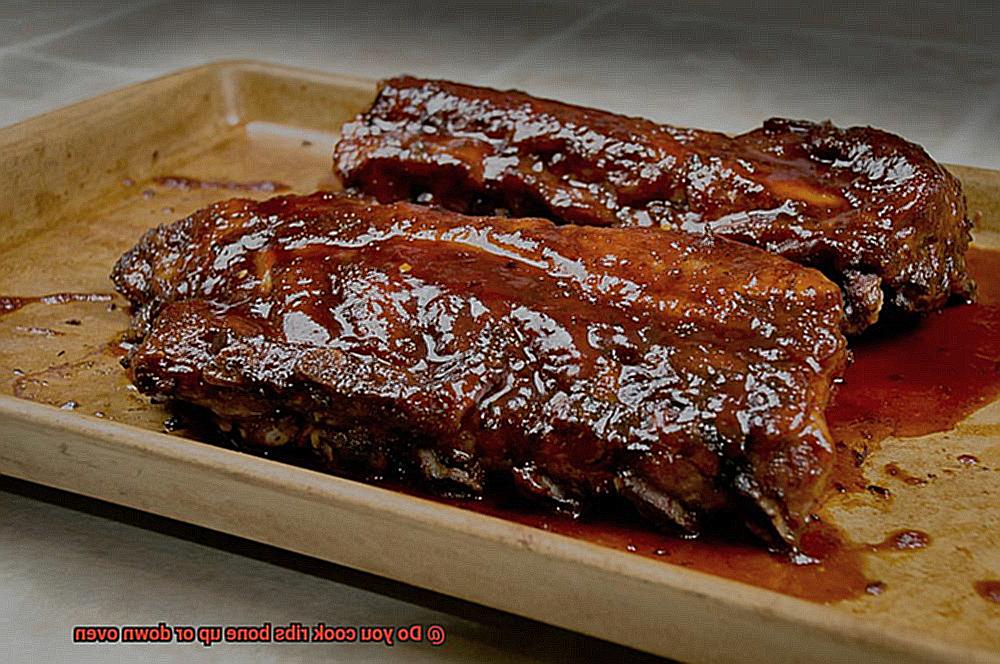
Tips for Getting the Best Results When Cooking Ribs Bone Down
Cooking ribs bone down in the oven is a great way to ensure that the meat becomes tender and juicy. If you want to get the best results, there are a few tips that you should follow.
Season your ribs well:
Before placing the ribs in the oven, season them well with a dry rub or marinade. This will not only add flavor to the meat but also create a delicious crust on the outside. Make sure to coat both sides of the ribs, including the bones.
Use a low and slow cooking method:
To ensure that your ribs turn out perfectly, cook them at a low temperature for a longer period of time. This will help the meat become tender and juicy and prevent the bones from drying out.
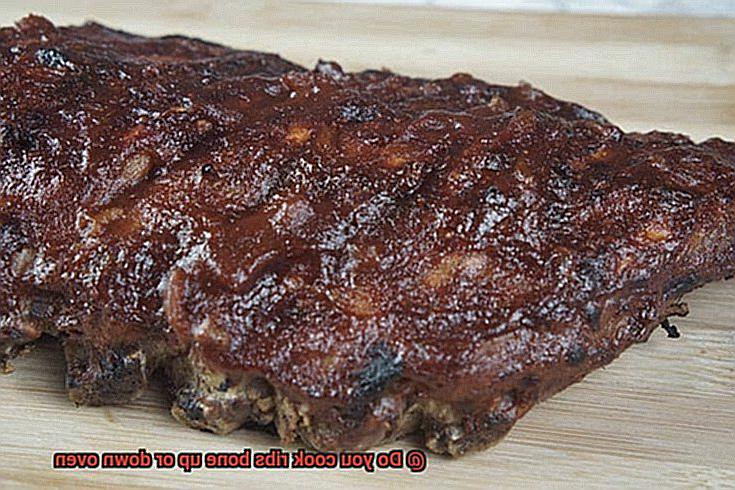
Use a roasting pan or wire rack:
When cooking your ribs, use a roasting pan or wire rack set over a baking sheet. This will allow the heat to circulate around the ribs and cook them evenly. If you are using a roasting pan, ensure that it has some liquid, such as water or broth, to keep the meat moist during cooking.
Baste your ribs regularly:
To keep your ribs moist and flavorful, baste them regularly with sauce or liquid throughout the cooking process. Baste both sides of the ribs, including the bones.
Let your ribs rest before serving:
Once your ribs are cooked to perfection, let them rest for a few minutes before slicing and serving. This will allow the juices to redistribute throughout the meat, making it even more tender and flavorful.
NISzsBJmRrI” >
Conclusion
In conclusion, the age-old debate of cooking ribs bone up or down in the oven is one that continues to divide even the most seasoned cooks. But fear not, for both methods can produce mouth-watering results when executed correctly.
Cooking ribs bone up allows for an even distribution of heat and keeps the meat moist and tender. Plus, it makes them easier to handle without falling apart. On the flip side, cooking ribs bone down promotes an aesthetically pleasing presentation and prevents sticking while ensuring even heat distribution.
However, when deciding which method to use, factors such as rib type, texture preference, temperature control, and personal taste should be taken into account. Following tried-and-true tips like elevating the meat, seasoning well, covering with foil during initial cooking, and basting regularly with sauce or liquid will undoubtedly lead to finger-licking-good results.
Whether you’re a seasoned pitmaster or just starting out in rib cooking, don’t be afraid to experiment with both methods until you find what works best for you.

